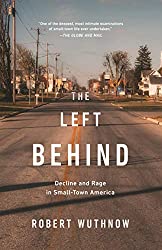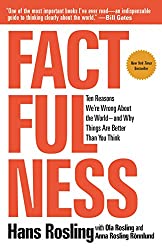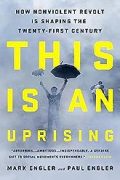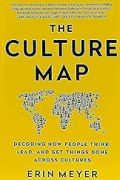
Rating: 7.1/10.
License to Travel: A Cultural History of the Passport by Patrick Bixby
Book about the history of the passport from ancient times to the modern era and reflects on what the passport represents. The passport, although a modern concept, has a long history and carries significant symbolic meaning. It epitomizes the control an individual cedes to the nation-state, effectively reducing a person to a ‘nobody’ who must submit to questioning and navigate a complex bureaucratic apparatus to cross borders.
Documents granting safe passage through a territory have been used since ancient times in various civilizations, including Egypt, Persia, and Greece. These took various forms, from clay tablets to paper documents, and depended on a mutual understanding between the issuer and the verifier; otherwise, they were meaningless. Their use became more widespread during the Renaissance, exemplified by Marco Polo, who claimed to have been given gold tablets by Kublai Khan to ensure safe passage. The term “passport” was adopted into the French language in the 15th century as many European nations instituted similar systems. By the 19th century, passports were increasingly used as proof of identity. However, the states at the time lacked reliable methods for tracking their citizens. Verification of passports was challenging without modern photographs or biometric features, and relying on written descriptions of physical appearances proved unreliable. Consequently, passport checks by officials at borders were inconsistent; sometimes, they were conducted only if the person belonged to a particular ethnicity.
The next stage in the evolution of the passport, in the early 20th century, deals with a time when the definitions of national borders and nationality became much stricter, whereas before they were rather fluid concepts. Authors such as James Joyce, Zweig, Hemingway, and others lamented the loss of freedom and the increasing bureaucratic control during this period. During the two World Wars, there were also many stateless refugees who relied on various types of temporary passports and visas to cross borders; often, to escape from places like Nazi-occupied France, they were at the mercy of border control agents, who decided whether they could pass or not.
Overall, I got bored about two-thirds of the way through this book; it was not quite what I expected from a book about the history of the passport. There is very little discussion about any technical or operational issues, or political matters related to passports or visas. Instead, it only talks about anecdotes regarding bureaucracy and travel restrictions from the perspectives of various artists, mostly writers, and how the passport has been portrayed in literature. The author, being a professor in English literature, naturally views this topic through this lens.



